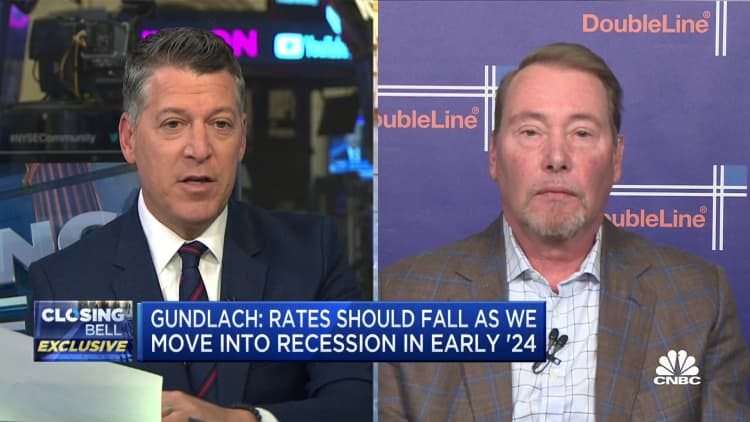Economic Forecasting Is A Loser's Game, Don't Buy It!
Economic forecasters make money by forecasting regardless of the outcome. They don't have skin in the game.
You may already know it, but if you don’t hear it from me:
“Economic forecasts don’t work.”
And economists generally make awful investors.
This is a forceful objection against the proliferation of macroeconomic forecasters on Substack and social media.
So, join me and let me tell you why macroeconomic forecasts are a…



